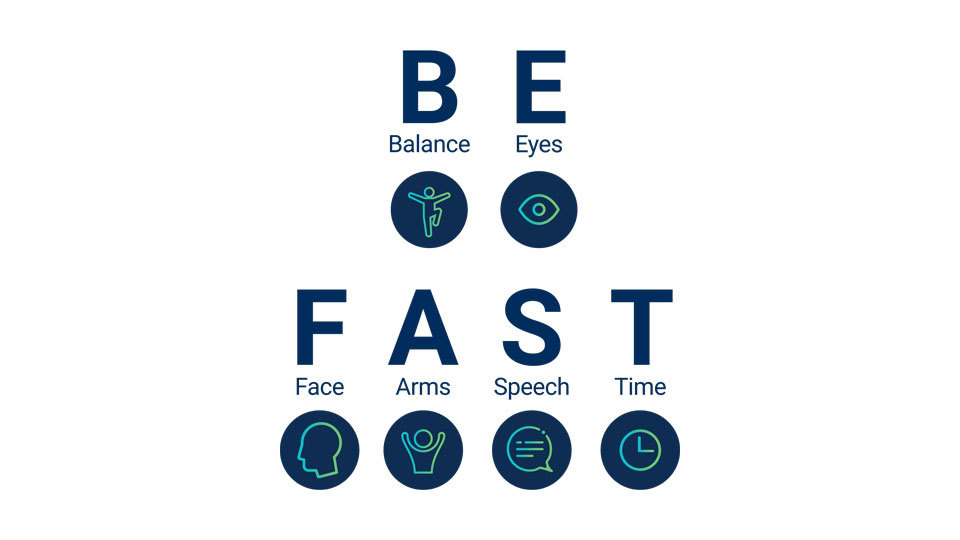After a stroke
Spectrum Health is a regional leader in comprehensive stroke care and is the highest volume stroke center in the state of Michigan. Spectrum Health Neurovascular Clinic offers a multidisciplinary approach that embraces the patient’s care across the neurovascular spectrum. We manage post stroke symptoms, secondary prevention of stroke both medically and surgically. Our multidisciplinary approach allows the patient to have full access to all the physicians that can treat the simplest diagnosis to the most complicated diagnosis. One of the best advantages of this approach is having that access all in one location.
We specialize in individualized care to offer support from the onset of your symptoms through your recovery and beyond. Our service also offers a stroke nurse navigator who may connect with you after discharge from the hospital to help with a transition to outpatient care.
Medication management


Follow-up

Other treatments
Vivistim Paired VNS System
Vivistim is the first FDA-approved neurostimulation device to pair vagus nerve stimulation (VNS) with patients’ rehabilitation therapy and daily activities. This Paired VNS therapy helps strengthen the brain connections needed to improve hand and arm function. It’s the only Paired VNS system of its kind, and Corewell Health is the first health system in Michigan to implant the device.




From prevention, intervention, recovery, and rehabilitation, we can help.
Know the signs and symptoms and B.E. F.A.S.T.
Stroke can happen to anyone. Know the signs
Balance: Sudden loss of balance or coordination
Eyes: Sudden trouble seeing out of one or both eyes
Face: Sudden drooping on one side of the face
Arms: Sudden weakness in one arm or leg
Speech: Sudden trouble with speech or understanding
Time: Time to call 911

Contact Our Clinic
For more information or to schedule an appointment
